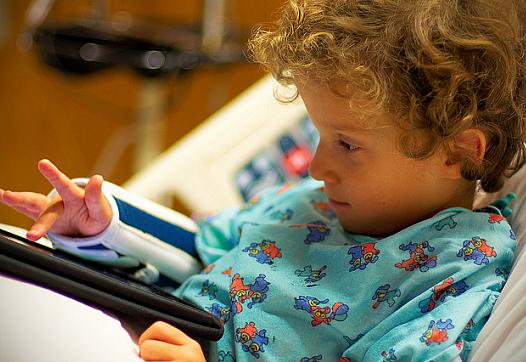
When it comes to a hospitalized child, it’s fair to say no one is keeping tabs more closely than the mom or dad perched bedside. It’s no surprise they’re often to the first to catch medical errors, as new research suggests.

When it comes to a hospitalized child, it’s fair to say no one is keeping tabs more closely than the mom or dad perched bedside. It’s no surprise they’re often to the first to catch medical errors, as new research suggests.
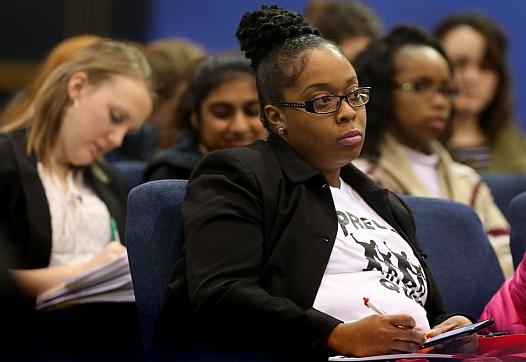
The Post-Dispatch special report delved into an array of problems that affect the health and well-being of people struggling daily to keep a job, the electricity running and food on the table and resist the ripple effects of violence.
Next week, the Center for Health Journalism will host 21 reporters for our 2016 California Fellowship. Fellows and their newsrooms partner with our Center to produce ambitious projects on health topics. Here's a look at the talented crew that will be joining us.
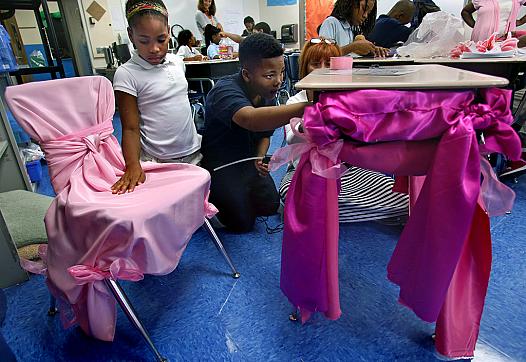
We know "toxic stress" can have a devastating impact on the longterm health and well-being of children. But how do we counter its effects? It turns out that strengthening relationships and building resilience is key.

As journalist Ada Calhoun "started casting around for potential good news in the child welfare world," she began delving into the country's "baby courts," where judges take a far more active role in bringing families back together.
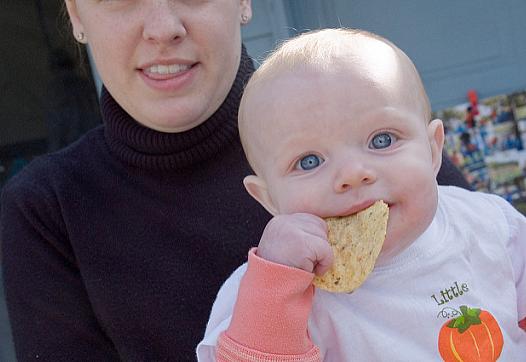
More than 40 members of Congress called for the FDA to allow folic acid to be added to corn masa on Tuesday. Advocates say such a move could help prevent devastating birth defects like those seen in three counties in Central Washington.
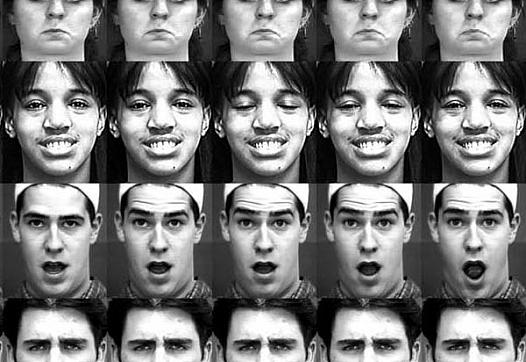
Toxic stress can have a devastating effect on children's health, with consequences stretching out over a lifetime. Nancy Cambria offers a primer on the science behind our emerging understanding of the toll chronic stress is taking on young lives.
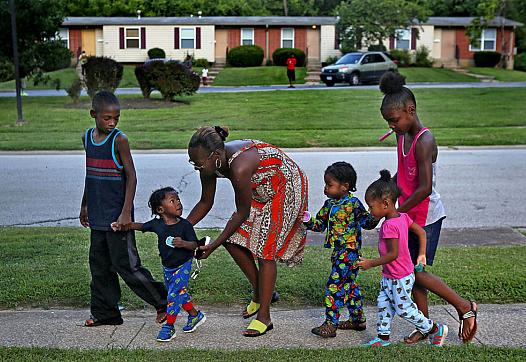
The story of Darlene Evans, a 45-year-old single mother of 10 children living on disability without a car, reflects how toxic stress can attack maternal health before moving on to impair prenatal and early childhood well-being.
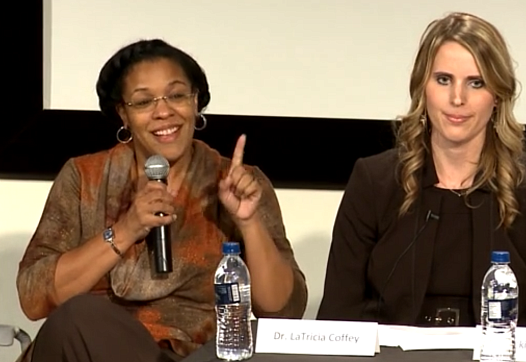
Before Jackie Valley tackled her series on the unmet mental health needs of Nevada's children, “community engagement” had not been something she regularly practiced. She shares how she took the plunge.

Toxic stress is becoming a hot topic in science and brain development. It’s also an emerging public health concern. Experts say the way to avoid toxic stress is through strong relationships that support children and their families.